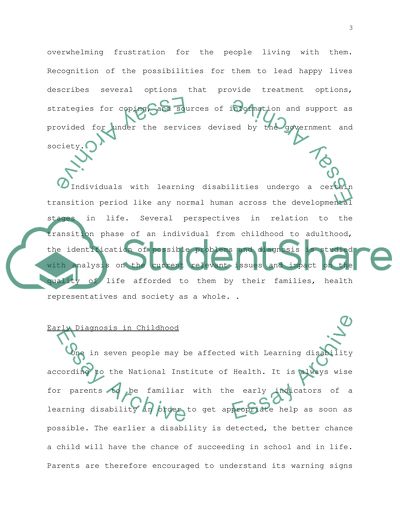Cite this document
(“Learning Disabilities Essay Example | Topics and Well Written Essays - 3250 words”, n.d.)
Learning Disabilities Essay Example | Topics and Well Written Essays - 3250 words. Retrieved from https://studentshare.org/sociology/1513285-learning-disabilities
Learning Disabilities Essay Example | Topics and Well Written Essays - 3250 words. Retrieved from https://studentshare.org/sociology/1513285-learning-disabilities
(Learning Disabilities Essay Example | Topics and Well Written Essays - 3250 Words)
Learning Disabilities Essay Example | Topics and Well Written Essays - 3250 Words. https://studentshare.org/sociology/1513285-learning-disabilities.
Learning Disabilities Essay Example | Topics and Well Written Essays - 3250 Words. https://studentshare.org/sociology/1513285-learning-disabilities.
“Learning Disabilities Essay Example | Topics and Well Written Essays - 3250 Words”, n.d. https://studentshare.org/sociology/1513285-learning-disabilities.


